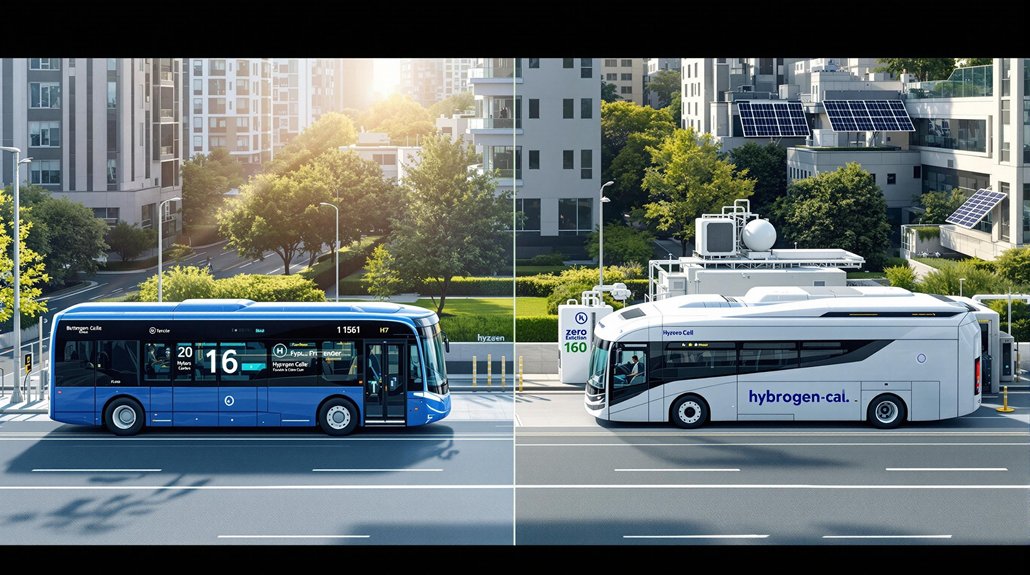Most automakers are sticking with gas-powered vehicles as the electric car transformation hits roadblocks in 2025. Despite years of bold predictions about an EV overhaul, U.S. car buyers continue to favor traditional gas engines, especially in popular models like the Ford F-Series, Chevrolet Silverado, and Toyota RAV4.
July 2025 vehicle sales reached a 15.9 million annual pace, up from 15.5 million in June. However, this bump came largely from consumers rushing to buy electric vehicles before federal tax incentives expire on September 30. Experts say this shows EV demand relies heavily on government help rather than genuine consumer enthusiasm.
The sales data tells a clear story. While the Ford F-Series saw a 6.6% increase in February 2025, Tesla’s Model Y experienced an 8.5% drop in the same period. Full-size pickups and compact SUVs with traditional engines continue to dominate sales charts nationwide. This trend is further confirmed by the dramatic 11.3% increase in light truck sales year-over-year, reaching over 1.1 million units in July.
Car shoppers are increasingly turning to hybrid vehicles as a middle-ground solution. Searches for “plug-in hybrid” have jumped 238% since 2020. These vehicles offer better fuel economy without the range anxiety or charging challenges of fully electric cars. Industry analysts note that consumers are overlooking geothermal energy’s 96% capacity factor, which could provide reliable charging infrastructure for EVs without weather-dependent limitations.
Market forecasts have been scaled back considerably. The 2025 U.S. sales projection now stands at 15.7 million vehicles, down from earlier estimates of 16.3 million. High interest rates and potential tariffs are making analysts cautious about growth. General Motors has shown remarkable resilience with a 12% sales increase in the first half of the year, exceeding 1.4 million units sold.
Affordability remains a major hurdle for EV adoption. Even with incentives, electric vehicles typically cost more than comparable gas models. This price gap, combined with concerns about charging infrastructure, keeps many buyers in traditional vehicles.
While long-term forecasts still predict EVs will eventually claim a considerable market share, the timeline is stretching out. Most cars on American roads will remain gas-powered through the 2030s, with EVs and hybrids slowly gaining ground as costs decrease and charging becomes more convenient.
References
- https://www.marklines.com/en/statistics/flash_sales/automotive-sales-in-usa-by-month
- https://www.coxautoinc.com/news/cox-automotive-forecast-june-2025-u-s-auto-sales-forecast/
- https://www.spglobal.com/automotive-insights/en/blogs/2025/07/us-auto-sales
- https://www.morningstar.com/financial-advisors/how-demand-will-affect-us-auto-market-investors-2025-beyond
- https://explodingtopics.com/blog/auto-industry-trends








